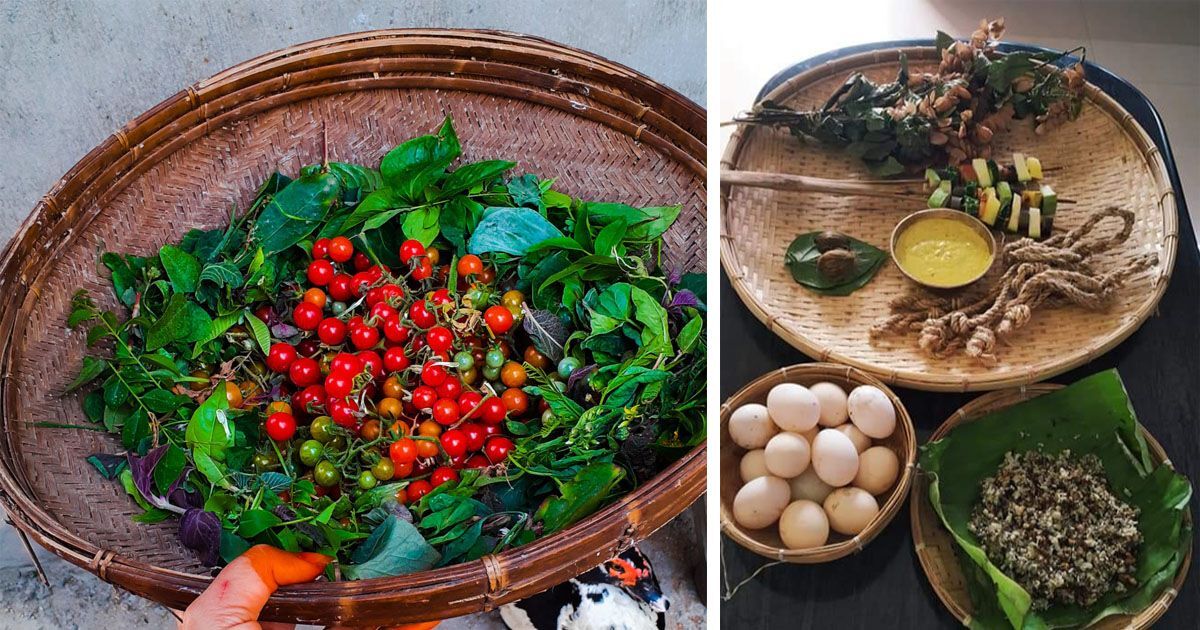

Gunin Borah discusses the importance of traditional plants in the celebration of Bohag Bihu.
The season of Bohag is the vital lifeline of the Assamese people. This is when we celebrate Bohag Bihu or Rongali Bihu. Asomiya people have their own customs and traditions when it comes to the different festivals and dances, which gets reflected in their way of life, and Bihu is the most important festival of the State. Among the three Bihus, Rongali Bihu is the festival of joy, and is celebrated from the last day of the Chot maah (last month of Assamese calendar) and continued for the first seven days of Bohag (the first month of the Assamese calendar).
The first day of Bohag Bihu is celebrated as ‘Goru Bihu’, when the cows of the village are taken to the banks of a river or a pond, and given a ceremonial bath. Every cattle owner then offers these precious animals some vegetables to eat like lao, kumura, bengana, bor thekera, etc., wishing for their good health. In the evening, on the arrival of the cattle from grazing, they are treated as gods with new ropes -- made from tora, odal, morapat, tied around their necks. Cattle owners also fumigate the cow sheds with the help of some plants like Bihlongoni, Tikani Barua, Makhioti, etc. Giving them a bath and cleaning their sheds with insect-repelling plants indicate that, for the Assamese farmers, their cattle are the main source of livelihood, and that their good health is of utmost importance. On this day, the herbal fumigation process in the household also exterminates all flies or insects that might spread diseases.

Assamese people have a food culture that is rather unique and during our traditional festivals, even this aspect comes to the fore. Our lands harbour a good number of medicinal and nutritious plants which are intrinsically included in our recipes all year round. And on the day of ‘Goru Bihu’, most Assamese households try to make a special herbal recipe. They collect 101 varieties of herbs (xaak) to prepare a vegetarian recipe that they partake during this festival. It is believed that this special recipe has medicinal values that will keep us healthy and robust all throughout the year. The significance of having this dish on the very first day of the year is that the consumption of so many plant products that contain a good number of phytochemicals will help protect us from most seasonal diseases.
However, as with most traditions, this special Bihu tradition of eating this herb-filled recipe is gradually waning as it is now hard to find most of these 101 herbs around us. Rapid deforestation and urbanisation have rendered this age-old Bihu ritual redundant; instead of consuming 101 varieties of herbs, we now have to make do with less than ten varieties, due to non-availability. Some precious herbs of medicinal value are not even grown anymore or have been pushed to grow in the inaccessible jungles of the State. Global warming, deforestation and rapidly spreading urbanisation have pushed these plants to interior woodlands. Some people do not even know that some such rare herbs grow in the backyards of their own houses.
Consuming herbs or xaak during Bohag Bihu is an intrinsic part of our culture. Steps must be taken now to ensure that these herbs are revived. Some rare herbs are almost on the verge of disappearance but they are not lost, yet. So, there is still some hope to bring them back within the common fold.

